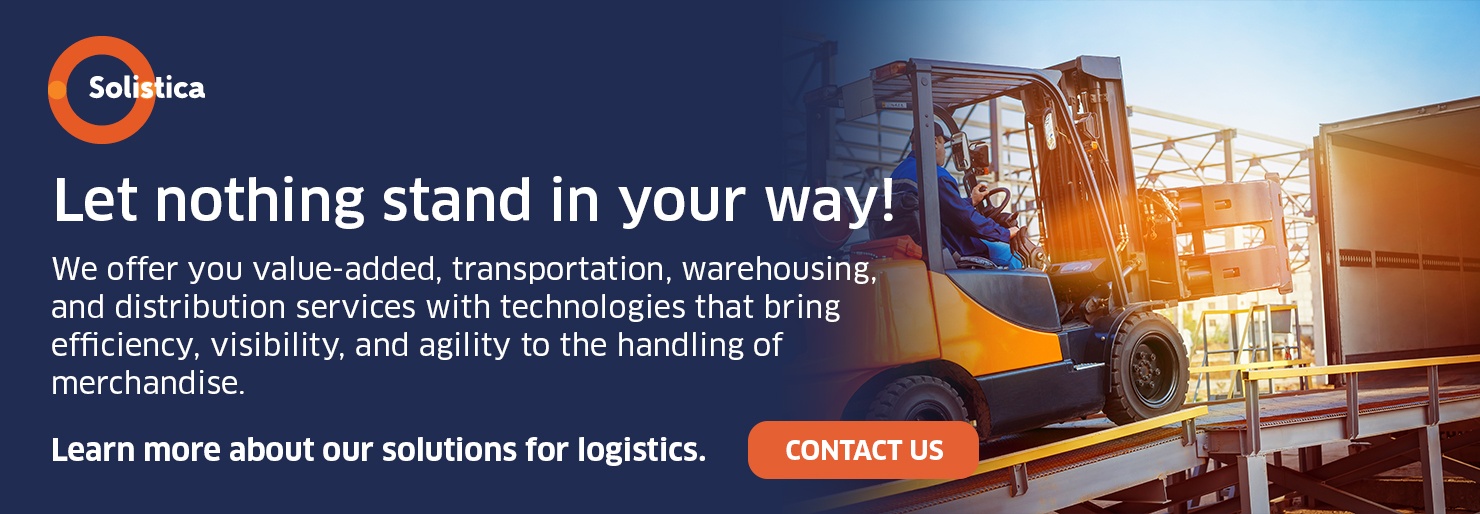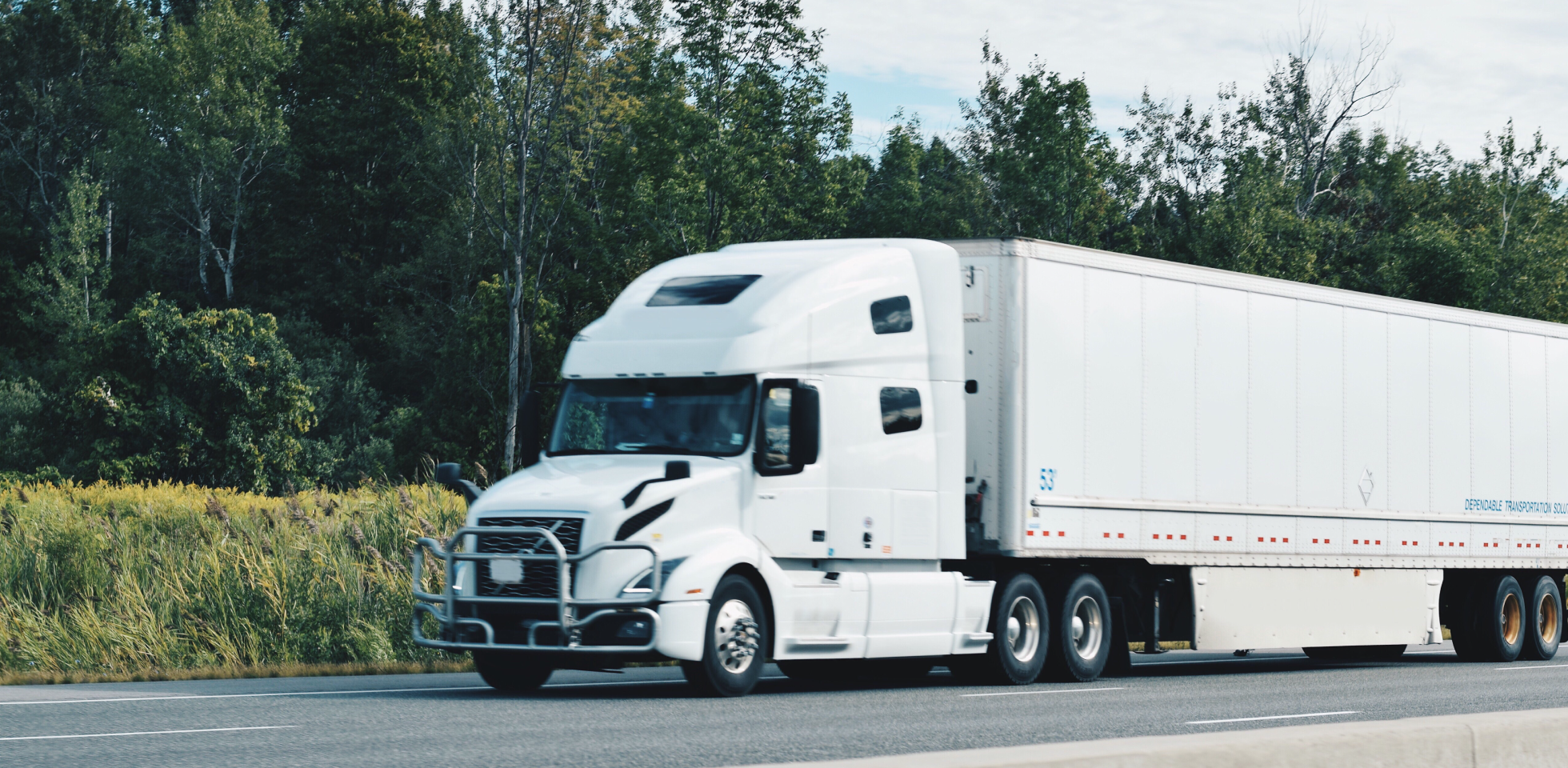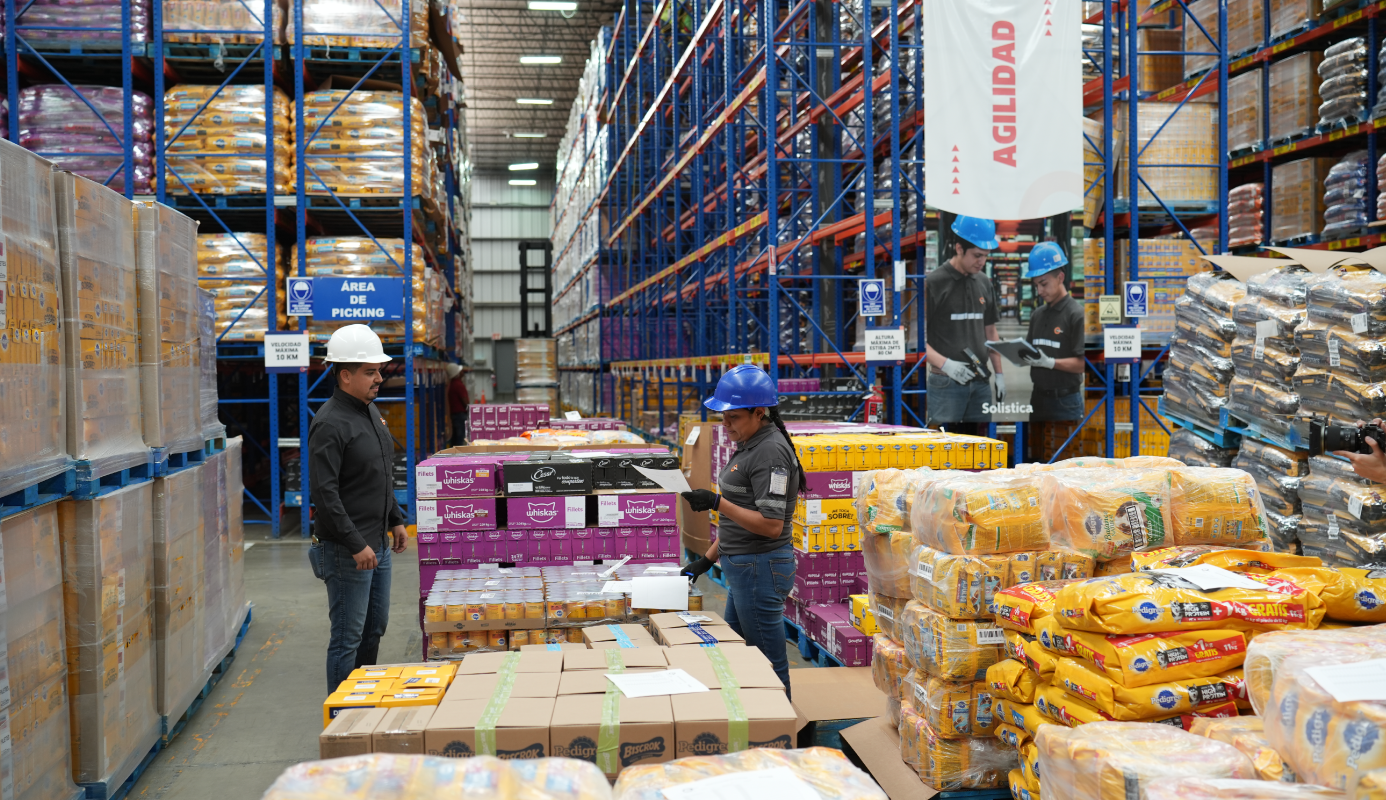To guarantee profitability for your company’s logistics and supply chain you must pay attention to several KPIs that help you make the right decisions and optimize processes.
To guarantee profitability for your company’s logistics and supply chain you must pay attention to several KPIs that help you make the right decisions and optimize processes.
Measuring the results of all the tasks and processes carried out by your company lets you detect strengths worthy of replication and weaknesses that give the opportunities for improvement.
There are standardized performance indicators in logistics that help you measure how well your storage and distribution process work.
Their purpose is to capture qualitative and quantitative information that enable the assessment of your employees’ productivity and the efficiency of your processes so you can see if you are meeting your goals.
Controlling logistics implies setting reachable goals and monitor their progress to make the right decisions in time and advance in your continuous improvement process.
Characteristics of indicators
The performance indicators for logistics must have certain characteristics to contribute valuable information:
- They must be congruent with the mission, vision, strategic goals, and any other issues that determine your company’s competitiveness.
- They must focus on accomplishable activities that guide employees towards a better performance.
- They must be accessible and easy to understand, complex KPIs do not necessarily translate into effective results.
- They must convey relevant information for your company’s decision making and strategic planning.
- They must adhere to the industry’s standards so you can carry out a comparison against your competitors.
The indicators’ goals
KPIs vary depending on what stage of the logistics process they measure; nevertheless, their goals are the same:
- Boost the process’ quality by eradicating mistakes.
- Reduce costs and optimize the use of resources to increase the company’s profitability.
- Improve the productivity of the staff involved in the processes.
- Offer real-time data on the whole process to help us foresee issues in time and make the right corrective decisions.
Stages of the logistics process
The following are the stages of the logistics process you must measure and control to accomplish optimization:
- Supply
- Inventory
- Distribution
- Transport
- Orders management
The following chart shows the main KPIs, which we will explain in detail later, for each stage.
![Los KPIs más importantes en logística [Infografía] trad rev final 1822 palabras](https://blog.solistica.com/hs-fs/hubfs/Infograf%C3%ADa%20ingl%C3%A9s%20/Los%20KPIs%20ma%E2%95%A0%C3%BCs%20importantes%20en%20logi%E2%95%A0%C3%BCstica%20%5BInfografi%E2%95%A0%C3%BCa%5D%20trad%20rev%20final%201822%20palabras.jpg?width=2084&name=Los%20KPIs%20ma%E2%95%A0%C3%BCs%20importantes%20en%20logi%E2%95%A0%C3%BCstica%20%5BInfografi%E2%95%A0%C3%BCa%5D%20trad%20rev%20final%201822%20palabras.jpg)
Supply KPIs
Having the necessary materials in time is essential for a good performance in your manufacturing process; therefore, you must use these indicators to assess your suppliers’ service:
- Average cost of purchase orders. Each of your orders incurs in an internal cost that will vary depending on the type of product or shipment destination. Knowing how much an order costs you in average, allows you to calculate the profit margin you are getting.
- Average payment terms. Knowing how much time suppliers give you to pay them will help you calculate how long you can wait for your clients to pay you without hurting your cash flow.
- Lead time. The time your suppliers take to resupply and deliver your purchase orders in time for your manufacturing process.
- Deadlines fulfillment. It is important to keep track of how well your suppliers meet your delivery dates and how well you pay them in time.
- Percentage of invoicing mistakes. Not filling out the invoicing data correctly or describing the invoice items without enough detail are common human errors; detecting these mistakes will help you get rid of them. A good idea is to rely on automated invoicing systems to remedy these and other mistakes.
Inventory KPIs
You control inventories to know what you have, what you are missing, and what you have in excess so you can save on unnecessary costs that affect your profitability. You should use this metrics:
- Turnover of finished products. Make sure the production level meets the demand so there are neither shortages nor overstocks.
- Turnover of raw materials. Having the necessary materials in time to avoid hurting production is as important as not accumulating them and generating extra costs and expenditures.
- Mistakes in demand’s forecast. One of them, for example, is requesting materials for items that do not sell well; we need to analyze this to avoid making the same mistakes.
- Breakage of raw materials’ stock. It refers to the number of requested items we were unable to deliver because we did not have enough stock to meet the demands of clients. Find the reasons and improve your planning.
Distribution KPIs
Warehouse management affects costs and productivity; therefore, we must pay attention to these measurement parameters:
- Units processed per square foot. We calculate this ratio dividing the units we processed at a given period by the warehouse’s usable space.
- Productivity in transferred volume. By knowing the volume of products moved in every working hour, you will be able to know your employees’ productivity.
- Percentage of used space. Among other things, it has to do with a lack of space where to place your raw materials or finished products; it is important to consider the available space before placing new orders.
Transport KPIs
The optimization of your fleet’s management translates into savings in costs and in improvements to your customer service. Automating tasks will help you keep track of these KPIs:
- Average transport cost. Fuel usage, vehicle maintenance, route planning, and your drivers’ driving style, salaries, and per diems affect the cost per trip.
- Cost per mile. Divide the average transport cost by the number of miles traveled by every vehicle.
- Shipments. If you keep track of the shipments already made and those yet to complete will help you have a tighter control.
- Unplanned and urgent shipments. Monitoring this type of shipments will help you identify trends and be ready.
- On-time deliveries. Delivering in time directly affects your clients’ opinion of your service’s quality. If you do not meet this KPI you must find out why and propose solutions.
- Cargo mix. The volume moved by every vehicle will decide if the trip is profitable. To see if the freight is on the positive side, you need to know the minimum number of units each type of vehicle should carry for it to be profitable.
- Transport use. To calculate this KPI, you just need to divide the transport costs by the price of the total delivered cargo.
Orders Management KPIs
In this respect, you should consider both the time it takes to pick a purchase order and the quality of delivery, meaning you need to deliver the orders in time and mistake free. You should use these KPIs to measure this:
- Perfect deliveries. Analyzing which factors had an effect on your success stories will help you replicate them.
- Late deliveries. Monitoring the percentages of late deliveries will help you set alarms to trigger corrective actions.
- Complete deliveries. It means to have shipments deliver orders in good conditions and without mistakes or missing items. Analyzing this indicator will also alert you quickly about any failures in the process.
- Mistakes in documents and invoices. Mistakes done while processing an order happen, and they alter its picking and delivery processes. You can avoid them by using software to automate these tasks.
- Average cost of orders management. Quantifying the cost for each stage of the process, from the moment we get the order to the moment we deliver it, yields a cost average you should include in your financial planning.
- Orders cycle’s time. You should measure the average time it takes to prepare and complete orders.
Quality KPIs
Assessing the quantitative aspects is not enough, you should also measure the quality of your customer service. These indicators will help you:
- Percentage of deliveries with problems. Find out which issues these and how to solve them.
- Percentage of problems for each stage. Find out the stage where you fail the most so you can make changes and improve.
- Percentage of certified deliveries. Complete and on-time deliveries in perfect conditions and with accurate documentation yield a quality parameter you should always aspire to meet.
- Clients’ opinion. The final goal will always be customer satisfaction; knowing clients’ opinions validates your logistics process or makes you wiser about what you need to improve.
Go over your whole logistics process to find out which actions and tasks you must measure, and how.
Once you have set your KPIs, monitor them closely to detect deviations in time and make judicious decisions to avoid seeing your profitability and productivity hurt.
Solistica strongly believes that setting goals and measuring performance are key to achieve excellence; therefore, it has set an Indicator System (SIN, for its acronym in Spanish) where we record the results of the most important KPIs for logistics processes: deliveries, transit time, shipments schedule, fleet productivity, fuel performance, CO2 emissions per mile, and others. Solistica also includes an analysis of non-compliance to the goals set by the company using its Preventive and Corrective Actions System, it analyzes the root causes of non-conformities and sets solutions to avoid repetition.
Get the advice of an expert to create or optimize your logistics process’ KPIs.
*This blog was originally published on December 20 2018 and modified on April 11 2022.







